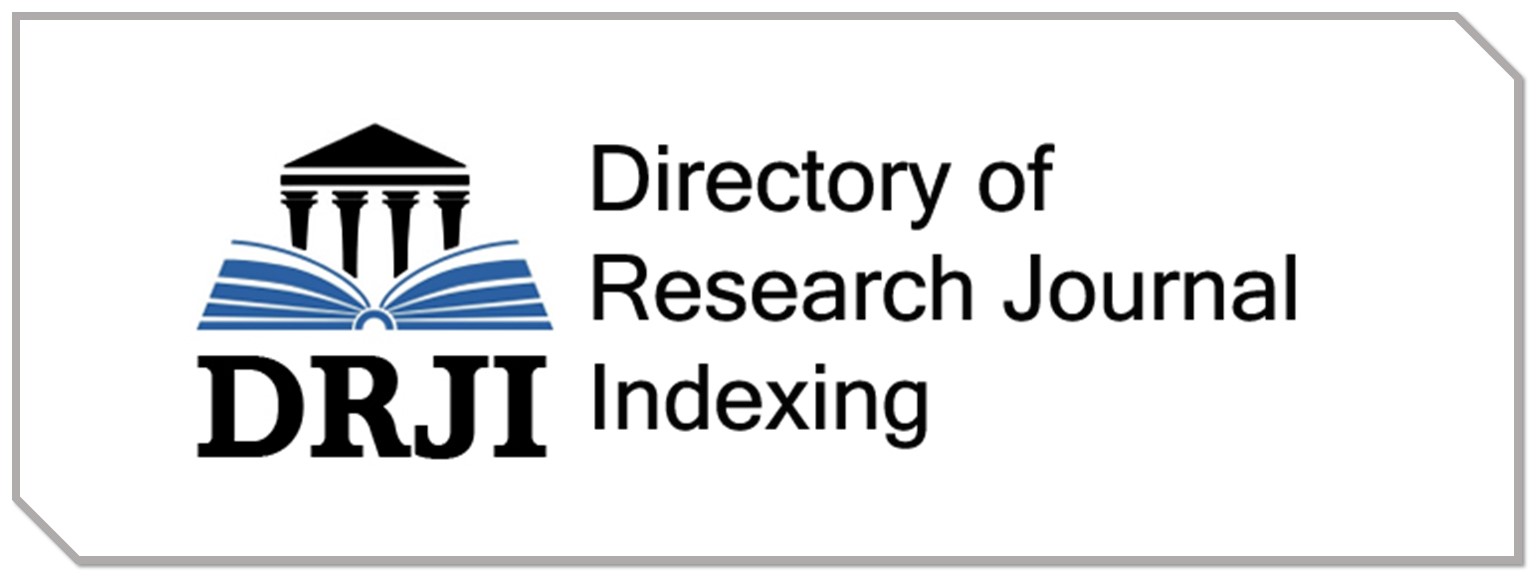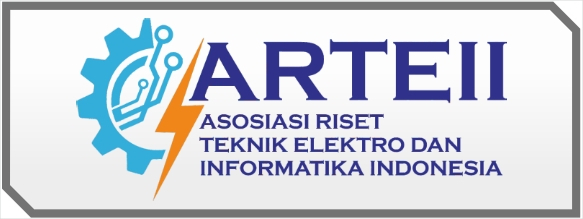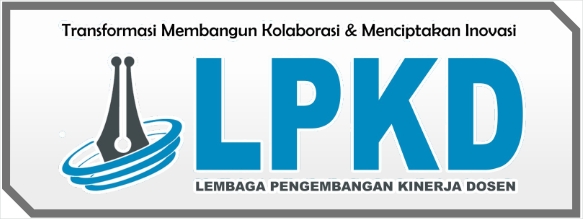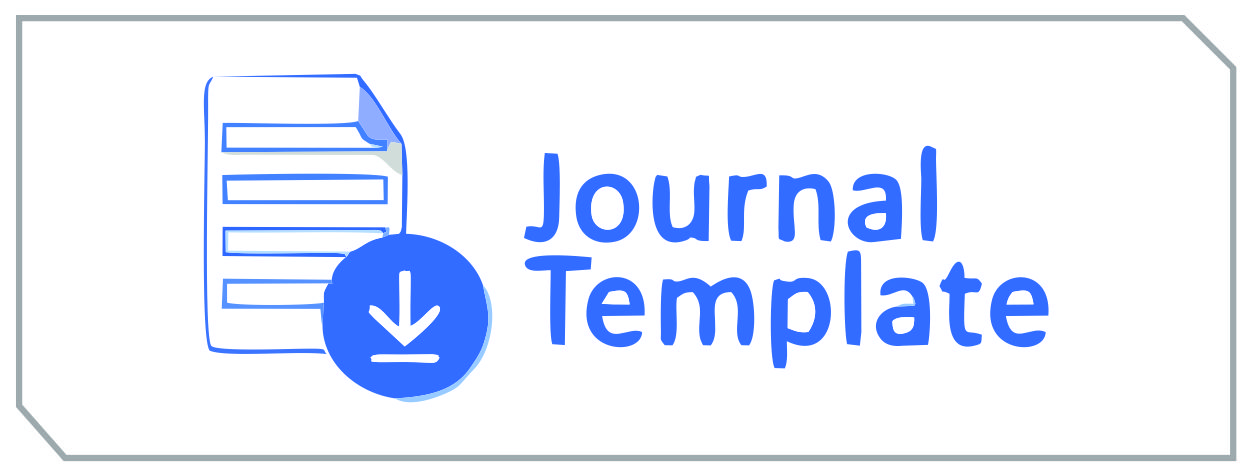Audit Tata Kelola Teknologi Informasi Pada PT. XXX Menggunakan COBIT 2019 Dengan Domain Build, Acquire And Implement01
DOI:
https://doi.org/10.55606/jupsim.v3i2.2660Kata Kunci:
IT governance, COBIT 2019, Capability Level, PT. XXXAbstrak
The rapidly growing development of Information Technology today has affected various business sectors. One of them is the manufacturing industry as carried out by PT. XXX. PT. XXX is one of the companies that has implemented information technology as a strategy to compete in the company's business. However, the information technology implemented is still not effective in achieving the company's goals. This study aims to evaluate IT governance at PT. XXX using the COBIT 2019 framework. COBIT is an internationally recognized framework for effective and efficient IT governance. This study uses a qualitative evaluation method, by collecting data through interviews with relevant parties at PT. XXX, as well as analysis of documents and policies related to IT governance. This data is then analyzed and compared with the COBIT 2019 framework to identify gaps and areas that need improvement. After the analysis, it was found that the objective that could be evaluated or audited was Managed Programs and Projects, BAI01. In this research, the results of the capability level on the PT XXX website were obtained at level 4 with an achievement value of 91%.
Referensi
[2] A. P. Utomo and N. Mariana, “Analisis Tata Kelola Teknologi Informasi (It Governance) pada Bidang Akademik dengan Cobit Frame Work Studi Kasus pada Universitas Stikubank Semarang,” Dinamik, vol. 16, no. 2, 2011.
[3] Z. Alreemy, V. Chang, R. Walters, and G. Wills, “Critical success factors (CSFs) for information technology governance (ITG),” Int. J. Inf. Manage., vol. 36, no. 6, pp. 907–916, 2016.
[4] Y. Hendrian, “Analisis Tata Kelola Dan Perencanaan Investasi Teknologi Informasi Dengan Metode Cobit Dan Val It,” J. Tek. Komput. AMIK BSI, vol. 5, no. 1, pp. 105–112, 2019.
[5] A. M. Syuhada, “Kajian Perbandingan Cobit 5 dengan Cobit 2019 sebagai Framework Audit Tata Kelola Teknologi Informasi,” Syntax Lit. J. Ilm. Indones., vol. 6, no. 1, pp. 30–39, 2021.
[6] I. G. M. S. Dharma, G. M. A. Sasmita, and I. M. S. Putra, “Evaluasi Dan Implementasi Tata Kelola Ti Menggunakan Cobit 2019 (Studi Kasus Pada Dinas Kependudukan Dan Pencatatan Sipil Kabupaten Tabanan),” J. Ilm. Teknol. dan Komput., vol. 2, no. 2, pp. 354–365, 2021.
[7] J. Y. Mambu, V. Fanesa, M. Pythagoras, and C. Lumingkewas, “Identifikasi Level Kapabilitas IT Governance Menggunakan Framework Cobit 2019 Pada PT Icon+,” J. Inf. dan Teknol., pp. 19–29, 2023.
[8] K. Harisaiprasad, “COBIT 2019 and COBIT 5 Comparison,” ISACA Article, 2020. https://www.isaca.org/resources/news-and-trends/industry-news/2020/cobit-2019-and-cobit-5-comparison
[9] I. S. A. and C. Association, COBIT® 2019 Framework: Introduction and Methodology. ISACA, 2018.
[10] E. Nachrowi, Y. Nurhadryani, and H. Sukoco, “Penilaian Tata Kelola dan Manajemen Layanan Teknologi Informasi dengan COBIT 2019 dan ITIL 4,” Inst. Pertan. Bogor, 2020.




















